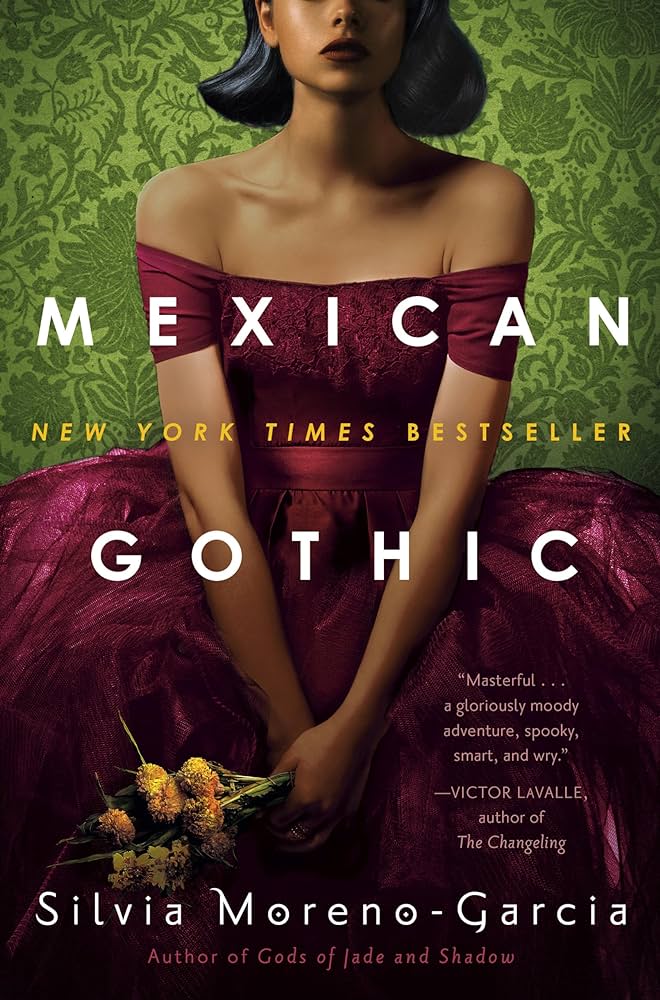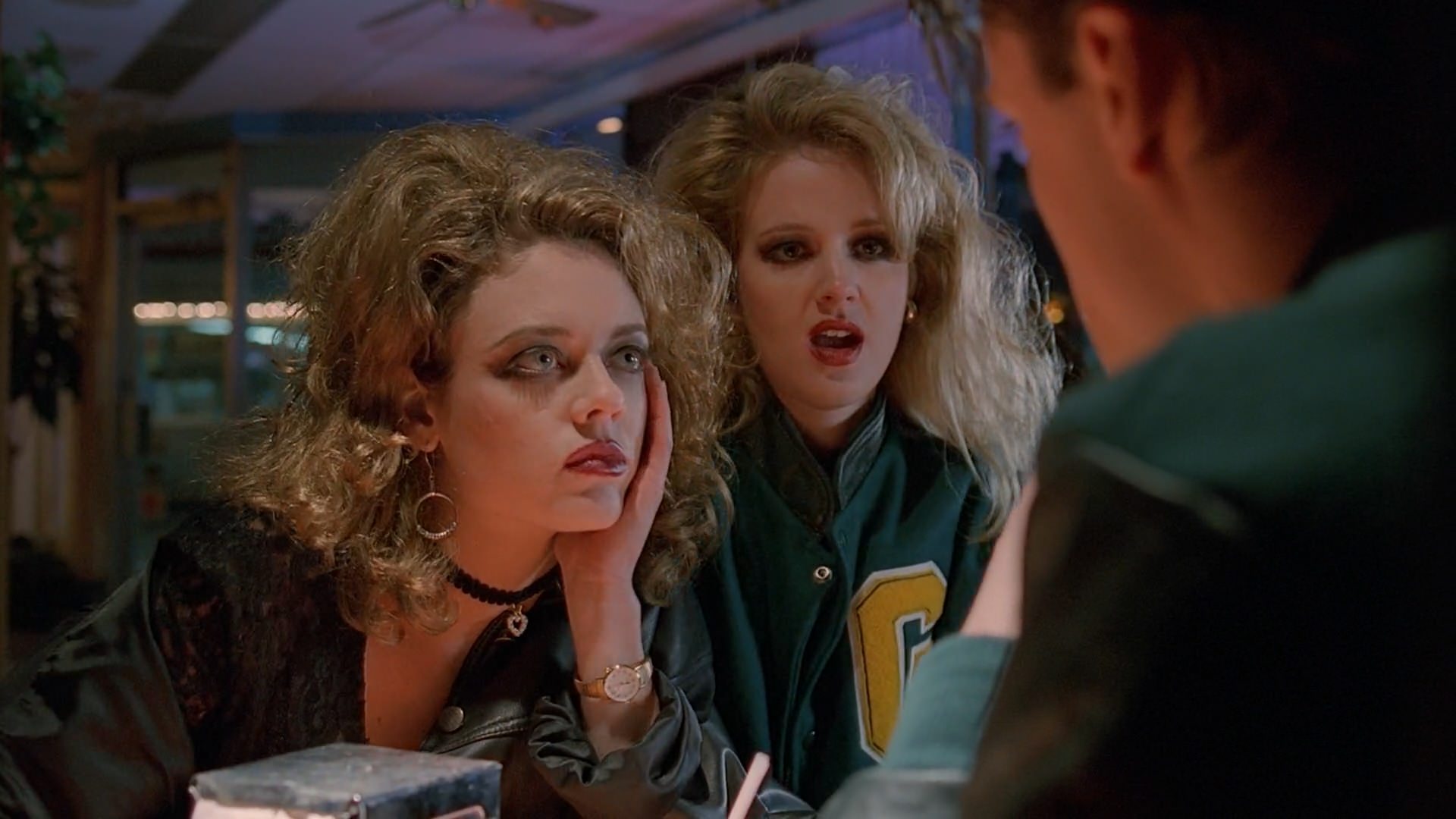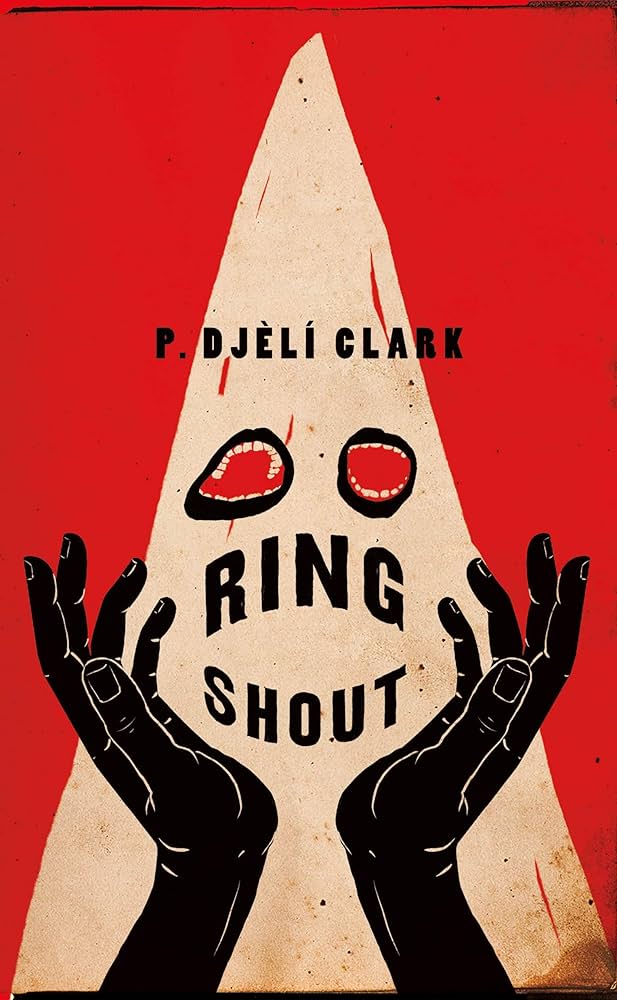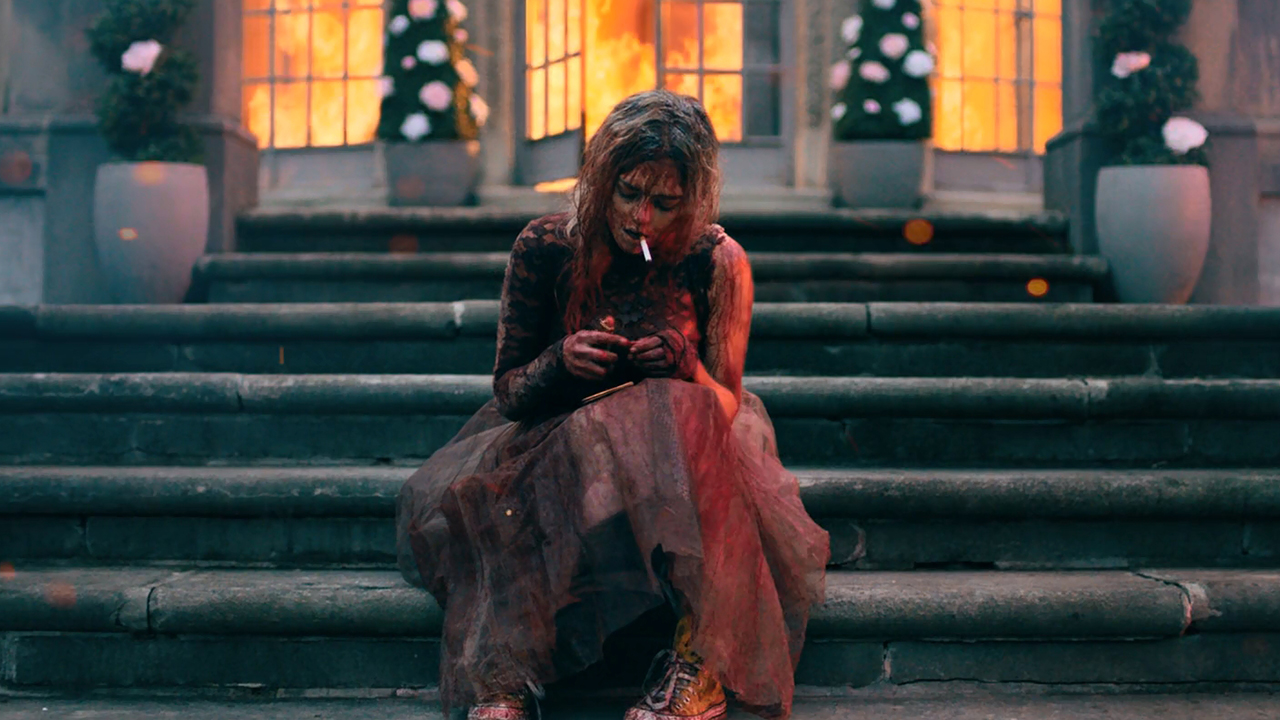Final Girls and Gothic Heroines
Final Girls and Gothic Heroines; Feminist Horror Reads
Kate Hamill’s adaptation of Dracula mixes humor and horror while upending the sexism often seen in horror and Victorian fiction. As a genre, horror can act as a window into our society’s fears; things we consider terrifying, perverse or taboo. Horror can be validating, empowering and cathartic at the same time that it grosses us out, makes us squirm, or sends chills down our spine. We can’t look away; sometimes, we don’t want to.
Dracula: A Feminist Revenge Fantasy, Really fits into a long history of women using horror to take back the narratives we’re often victims in. I’ve put together a list of some of my favorite horror stories to thrill you this Halloween season. All of these stories, like Kate Hamill’s play, experiment with conventions of gender, feminism, sexuality and terror.
What’s your favorite horror story?
- Sarah Kolb, Director of Marketing and Communications
Dracula
By Bram Stoker
Yes, I know we’re picking Dracula apart onstage - but you can’t successfully do that if you haven’t read the original. And Dracula really is a terrific horror story. It captures a particular Victorian anxiety about people who are “other” - Dracula, a foreigner, literally smuggles himself into England and infects an innocent British woman with a disease - that feels just as disturbingly relevant in modern conversations about immigration.
Plus - it’s got a vampire-fighting cowboy named Quincy. What’s not to love?
(Want to experience Dracula in the best format ever - via email? Check out Dracula Daily, which emails you the story in real time, as the events happen to the charactes).
The Haunting of Hill House
 By Shirley Jackson
By Shirley Jackson
Shirley Jackson’s 1959 gothic haunted house story (the basis for the Netflix TV show) follows a group of people investigating paranormal activity in a labyrinthian old house. From its striking opening sentence to plot-twist ending, terror and disquiet lurk just below the surface.
The women in Jackson’s novels, like protagonist Eleanor, are always on the verge of falling apart. Eleanor is haunted and trapped by her desires - for love, freedom, sexual expression. You’re never really sure if the terror is supernatural or just in Eleanor’s head. In the end, it doesn’t really matter.
Mexican Gothic
 By Silvia Moreno-Garcia
By Silvia Moreno-Garcia
A young Mexican socialite must rescue her cousin from the clutches of a sinister British family and their decaying mansion. This is a creepy reimagining of a classic Gothic tale (think Edgar Allen Poe), full of evil fungi, twisted familiar dynamics, and dark atmosphere.
Moreno-Garcia, a Mexican-Canadian writer, uses the trappings of Gothic horror to explore race, gender, obsession and abuse. Its protagonist Noémi stands out for her wit, bravery and tenacity. And, like a truly good Gothic story, it’s not afraid to be a bit sensational and trashy.
“Syzygy” - The X Files
Season 3 Episode 13, written by Chris Carter

While The X Files itself is definitely more sci-fi than horror, it has all kinds of fun playing around with other genres, and this weird episode in its third season is a great example. Mulder and Scully investigate a series of bizarre deaths linked to astrological phenomena. Turns out, two teenage best friends have developed bizarre telekinetic powers, which they use to torment the school cheerleaders, play tricks on each others’ crushes, and eventually commit murder.
This episode reminds me of a number of other “supernatural high school” horror-ish films (think Jennifer’s Body, The Craft, even werewolf slasher film Ginger Snaps) - that explore the bewildering, enraging, intoxicating experience of being a teenager. This one just’ got the added benefit of featuring Gillian Anderson and David Duchovny. Hell really is a teenage girl.
Ring Shout
 By P. Djèlí Clark
By P. Djèlí Clark
1920s Georgia: A ragtag group of Black women slay extra-dimensional demons known as Ku Kluxes in an alternate history version of the Southern US. A demonic-horror twist on the Jim Crow South, Ring Shout blends Black history, Gullah culture and commentary on modern racism.
This is a perfect novella - intense, gory, magical and hard to put down. Clark was inspired by Toni Morrison, hip hop music in his hometown of Houston, and Beyoncé's music video “Formation” in developing the story.
A Girl Walks Home Alone At Night
Directed by Ama Lily Amirpour

Residents of a run-down Iranian city encounter a lonely skateboarding vampire who preys on men who harm women. This 2014 Persian-language was billed as the “first Iranian vampire Western” - say no more.
Inspired by Spaghetti Westerns, the lone, mysterious antihero is reimagined as a solitary female vampire with a taste for bad men. Director Amirpour says this of her vampires: "A vampire is so many things: serial killer, a romantic, a historian, a drug addict – they're sort of all these things in one."
The Historian
 By Elizabeth Kostova
By Elizabeth Kostova
The daughter of a missing historian delves into a strange mystery that begins with Vlad Țepeș, known as "Vlad the Impaler" - the real-life inspiration for Count Dracula. History, folklore, family and horror all blend in this epic novel that’s fiction but reads like something more.
Kostova explains, "Dracula is a metaphor for the evil that is so hard to undo in history.” Emulating classic Victorian ghost stories, travelogs and folktales, it’s a beautiful and sweeping read.
Ready Or Not
Directed by Matt Bettinelli-Olpin and Tyler Gillett

A bride's wedding night takes a sinister turn when her eccentric new in-laws force her to take part in a terrifying game. Thinking she’s being asked to play a silly childhood game, new bride Grace quickly discovers her rich new in-laws start hunting her, literally.
This pulpy horror-comedy is giddily entertaining, kind of gross, and so much fun. Come for the crossbows, stay for the clever socio-economic comedy and sweet, sweet revenge.
My Heart Is A Chainsaw
By Stephen Graham Jones
A teen girl with an encyclopedic knowledge of slasher films struggles to get others to listen when she realizes a serial killer is targeting her community, famous for a massacre 50 years before. The winner of the 2021 Bram Stoker Award for Best Novel, Chainsaw sets its main character Jade Daniels up as maybe the best final girl of all time.
Stephen Graham Jones is a Colorado local, and his love letter to 80’s slashers is both a deconstruction and homage of the genre. I also recommend Jones’s gory treat The Only Good Indians, which takes his particular brand of imagining horror from an indigenous perspective to new heights.
Alice Isn’t Dead
By Joseph Fink
Every episode is an audio diary entry from a long-haul truck driver named Keisha. She records her thoughts as she journeys through the U.S. to try and find out what really happened to her wife, Alice. Along the way, she goes through spooky towns and encounters out-of-this-world serial murders.
This fiction podcast is a love letter to extended stretches on the road and small town mysteries. Though it travels to all kinds of places, the emotional heart of the story focuses on Keisha and her wife, romantic, sometimes scary, and sad all at once.


